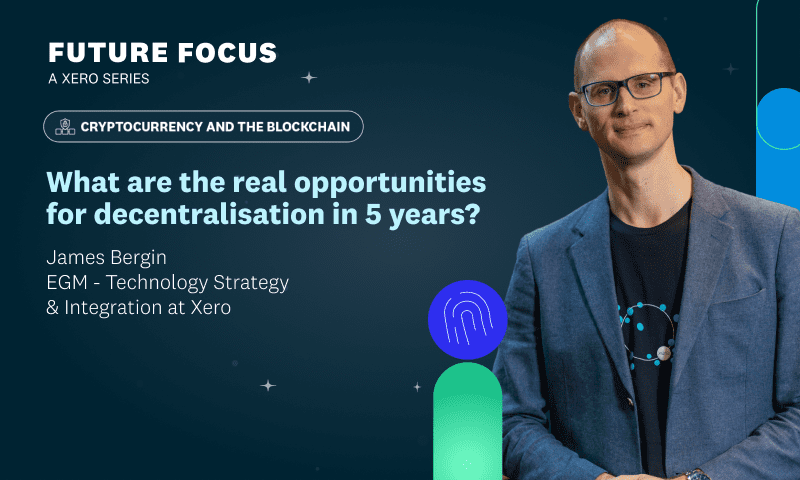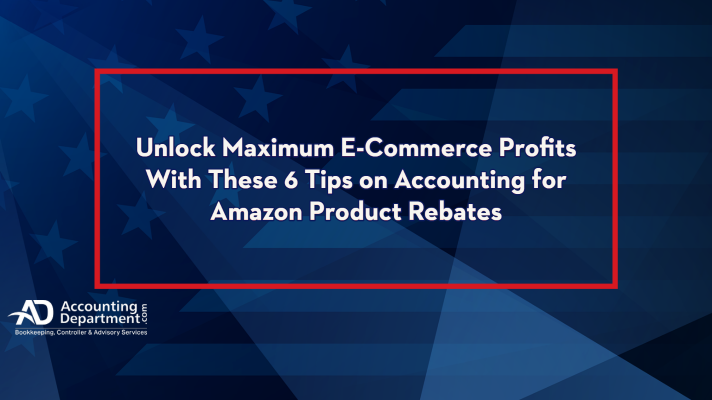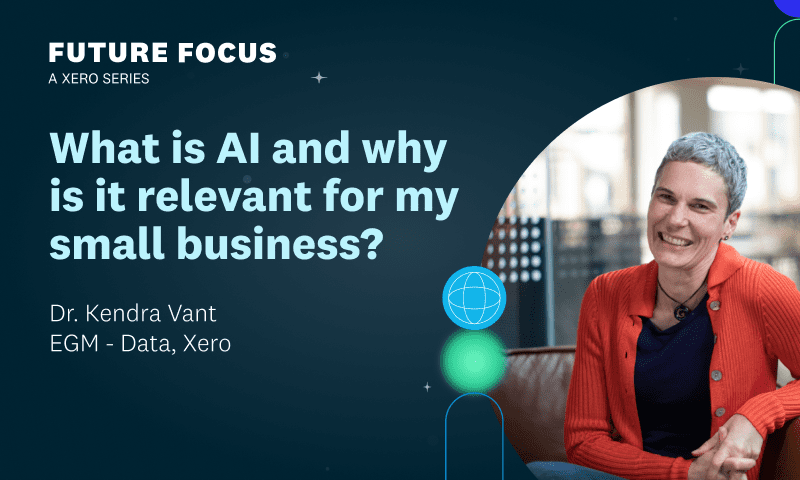We’re thrilled to be launching Future Focus, a series dedicated to removing the mystery, hype — and maybe even fear — from some of those futuristic technologies you’ve always wondered about, but never knew how, or who, to ask. Our aim is to help you get your head around them now so that the implications and path to adoption later becomes clearer.
Let’s take a look at blockchain and distributed ledger technologies and applications — an area we are getting asked about often. There has been a lot of discussion about these technologies over the past couple of years, and there’s little doubt that the sheer investment of talent and capital globally in this space will likely result in meaningful innovation in the future.
But first, what is blockchain technology?
Blockchain technology was first proposed as a research project back in 1991. Still, it wasn’t until almost two decades later, with the launch of Bitcoin in 2009, that it had its first real-world public application.
At its most basic, a blockchain is a distributed database or ledger which records and tracks transactions in a peer-to-peer network, removing the need for a central trusted source. This is different to how traditional databases work, where everything is controlled by the organisation that holds the database — say a bank, or a company using customer relationship management software.
The blockchain is really about two components: the ‘block’ and the ‘chain’ . The block contains the information that is of interest (like payment data), and that’s chained to other blocks, and replicated countless times to all the users of the blockchain. All information stored on a public blockchain — like the one that underpins Bitcoin — is transparent and globally accessible.
So, the goal is to allow digital transactions and information to be recorded but never edited. In effect, distributed ledger technology means you start to transfer your trust away from an individual centralised company or organisation, and more towards the decentralised network, technology and processes underpinning the operations of a blockchain.
Some of the potential benefits of blockchain technology include:
- Increased security and reliability: Records are encrypted and distributed across multiple computers, making them immutable (unchangeable) and removing the ‘single point of weakness’ risk for fraud
- Better traceability: Transactions are time stamped, creating a clear and permanent audit trail
- Improved transparency: The audit trail is visible to all, so it becomes a single source of truth for all participants
- Increased speed: Time delays caused by trust intermediaries who traditionally ‘clip the ticket’ are removed. This otherwise slows things down in more centralised models
- Reduced costs: It can remove process inefficiencies, like unnecessary paperwork and manual reconciliation
- Improved automation: Certain workflows can be automated, which increases speed and efficiency and reduces the scope for human error
With that context, here are a few examples of where we could see meaningful improvements in those business-as-usual tasks.
Smart contracts
It’s clear that certain industries have seen particular (and ongoing) tumult in recent years, and the impacts on the global supply chain are increasingly visible to most small businesses in some way. This reality makes for some interesting upsides in the application of so-called smart contracts: self-executing bundles of code that are written to the blockchain to complete commands instantly when prescribed conditions have been met.
One tangible example of how these can improve supply chain logistics is a smart contract that’s connected to sensors on a shipping container. These sensors are connected to the internet, so when a container arrives at its destination with contents in the right state, the money paid in escrow for that container can be automatically released. This is all encoded in the contract, so it is guaranteed to happen as soon as things arrive and the conditions are met.
It’s a concept that extends to many industries, like real estate, insurance, financial services (with chains of mortgage lending and settlement), and even retail. Just imagine being able to digitise payroll administration, or place unique identifiers on inventory in a third-party warehouse to show to-the-minute stock flow. This can all be facilitated on a blockchain without the need for complex, inter-system integration and intermediaries.
When the slow, paper-based and often cloudy processes that dominate the routine parts of supplying a business are rethought, the accompanying speed and efficiency that comes with it become particularly interesting — especially when it means better management of vendors and suppliers, and faster payments.
Goods and services provenance
Product provenance is a growing source of competitive differentiation (and perhaps even national importance) for some goods-based businesses. Being able to prove an item’s authenticity is one thing, but to prove the origins of something (for example, whether it really is ethically sourced and fair trade) sits at the heart of businesses and consumers alike.
Right now, there is a lot of effort required by businesses to be able to track the provenance or origin of their goods. They’re often left taking suppliers at their word due to the costs of independently verifying further up the supply chain, and that same trust burden is placed on consumers as well. So what if all of this was more easily and immediately proveable?
Well, blockchains have the potential to tie together all of the steps in a product journey. Everything from sourcing materials to manufacture, logistics and sale, and all by recording data about each component in a permanent, auditable, visible manner. In doing so, they become a trusted source of truth on where a product came from, how it was transported and when it was made available for sale, making provenance transparent and instantly visible. Do your customers want to know if that coffee they’re drinking is truly fair-trade? Through blockchain technology, it could be traced back to the very beans that were grown to make it.
Decentralised identity management
Imagine a world where aspects of your identity could be shared without having to share the actual data itself. An organisation could know your age if it was required, but you’d never have to give them your actual birthdate. You could prove your address without sharing a utility statement that also gave away personal information needlessly. This is what self-sovereign identity (SSI) offers.
In a nutshell, SSI is a user-centric identity concept where each user owns their identity data, and a distributed ledger provides the backing to validate proof of the ‘claims’ they make about who they are. Remember, this is all without requiring a centralised ID database.
In this model, we are the owners of our completely digitised and encrypted data, and every time we make a claim (like that we’re over 18, or that we hold a valid driver’s licence), trusted third-parties can view that evidence and then write to the blockchain that they have done so. From there on, when asked for that proof by a company or organisation, we can choose who sees what level of evidence of our identity claim, and whether a price is warranted for the access or use of it.
Obviously the sharing of our identity is a critical part of certain actions we take, and for businesses, a key part of helping to better understand their customer. But it increasingly comes with risk and cost in terms of both validating and protecting the data we collect. SSI offers a more autonomous, secure and empowered way to facilitate these important interactions.
Cryptocurrencies
A common application of blockchain is for complex payments: making them more quickly and at a lower cost, without the need for intermediaries slowing things down and taking a cut of the transaction along the way. Such payments use a digital form of currency secured through cryptography — a cryptocurrency — and while they’re often the subject of many hype-filled headlines, there is real evidence to show just how beneficial they can be.
For businesses who transact overseas and currently lose a significant amount to entities that clip the ticket of what they send and receive, it’s not just the removal of currency fees or speed of payment that should matter. When buying and selling to customers digitally, the opportunities for fraud and money laundering increase significantly, as do chargebacks and false transactions.
Well-designed cryptocurrencies coupled with other distributed ledger applications, like SSI, can make verifying and validating transactions far easier. This is one of the reasons why so many governments around the world are investigating and experimenting with Central Bank Digital Currencies, and why it’s a good idea to keep an eye on this space beyond the headlines.
Tokenised ownership via NFTs
From helping solve some of the problems deeply entrenched within the supply chain, to self-service identity management, all the way to a single digital picture selling for millions (#CryptoPunk #5822), Non-Fungible Tokens (NFTs) are arguably one of the more odd real-world applications of the blockchain. But there is potential for more mainstream usage.
NFTs serve as proof that an item is the only one of its kind. While this is very common in the traditional purchasing of physical assets like artwork or sculptures, it’s obviously much harder to accomplish in the digital sphere where things are infinitely copyable. In theory, though, it opens up potential for ownership and trading of assets to be more transparent and ethical.
Take art for example: when art is sold second hand, the proceeds of that sale almost always go to the owner, not the artist. But by connecting that artwork to an NFT, whenever that piece of art is sold (whether tomorrow or a century from now), the original artist has the potential to earn ongoing proceeds. So royalties can continue to be paid fairly and instantly across all industries — even down to a small business owner who commoditises their intellectual property into, say, an online course, an eBook or online workshop. Merge it with an earlier mentioned technology like a smart contract, and this makes royalty payments even easier to facilitate.
The future in focus
These are just some of the emerging technologies in the decentralised arena that we think are worth keeping your eye on as they continue to enter the mainstream. As always, we’d love to know what you think, and what problems you are facing that these technologies might be able to help solve. And if there are other technologies or buzzwords that you would like to know more about for your business or clients, let us know by sharing a tweet using #XeroFutureFocus.
There’s no doubt that it can be hard to separate the hype from reality when it comes to new technology. To capitalise on the transformative potential of these technology trends, we believe that more awareness and educational resources are needed to help small businesses and their advisors understand what the current capabilities are, where they are trending, and how they might be applied to their industry in the future.




